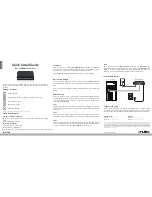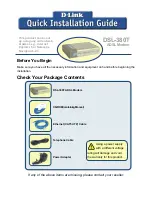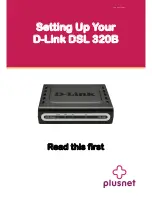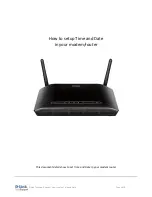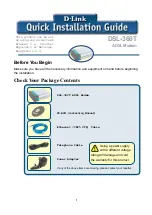
In general, the closer you are to a wireless base station antenna, the lower the power output. Before a
phone model is available for sale to the public, it must be tested and certified to the FCC that it does not
exceed the limit established by the government adopted requirement for safe exposure. The tests are
performed in positions and locations (e.g., at the ear and worn on the body) as required by the FCC fo
each model. The highest SAR value for this USB Stick when tested for use when worn on the body, as
described in this user guide, is 1.515 W/Kg. (Body-worn measurements differ among phone models,
depending upon available accessories and FCC requirements). While there may be differences betwee
the SAR levels of various phones and at various positions, they all meet the government requirement for
safe exposure. The FCC has granted an Equipment Authorization for this USB Stick with all reported SAR
levels evaluated as in compliance with the FCC RF exposure guidelines.SAR information on this USB Stick
is on file with the FCC and can be found under the Display Grant section of http://www.fcc.gov/ oet/fccid
after searching on FCC ID: QISEC168.Additional information on Specific Absorption Rates (SAR) can be
found on the Cellular Telecommunications Industry Association (CTIA) website at
http://www.wow-com.com.
* In the United States and Canada,
r
n
the SAR limit for mobile phones used by the public is 1.6 watts/kg
EXPOSURE TO RF ENERGY
placement antenna.Do not touch the antenna unnecessarily
lies with Part 15 of the FCC Rules [and with RSS-210 of Industry Canada].
terference,
ons made to this equipment not expressly approved by (manufacturer name) may
ith the limits for a Class B digital device, pursuant
ent and receiver.
that to which the receiver is
ealer or an experienced radio/TV technician for help.
s tested on all four sides of the unit with the bottom and one side being installed in a
similar physical dimensions,
table device, you are responsible for separate
(W/kg) averaged over one gram of tissue. The standard incorporates a substantial margin of safety to
give additional protection for the public and to account for any variations in measurements.
Use only the supplied or an approved re
when the USB Stick is in use.Do not move the antenna close to, or touching any exposed part of the
body when making a call.
FCC Statement
This device comp
Operation is subject to the following two conditions:(1) this device may not cause harmful in
and (2) this device must accept any interference received, including interference that may cause
undesired operation.
Changes or modificati
void the FCC authorization to operate this equipment.
This equipment has been tested and found to comply w
to Part 15 of the FCC Rules. These limits are designed to provide reasonable protection against harmful
interference in a residential installation. This equipment generates, uses and can radiate radio frequency
energy and, if not installed and used in accordance with the instructions, may cause harmful interference
to radio communications. However, there is no guarantee that interference will not occur in a particular
installation. If this equipment does cause harmful interference to radio or television reception, which can
be determined by turning the equipment off and on, the user is encouraged to try to correct the
interference by one or more of the following measures:
Reorient or relocate the receiving antenna.
Increase the separation between the equipm
Connect the equipment into an outlet on a circuit different from
connected.
Consult the d
CAUTION:
The USB Stick wa
laptop. The top and other side was on a USB extension cable.
The device can be used in notebook computers with substantially
construction, and electrical and RF characteristics.
If this USB Stick is intended for use in any other por
6










